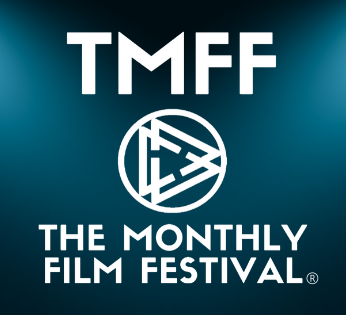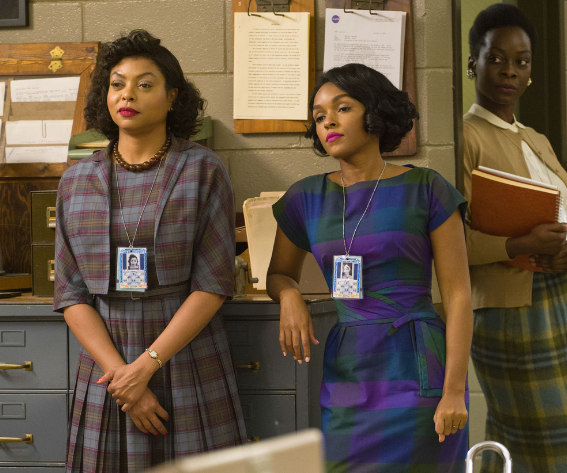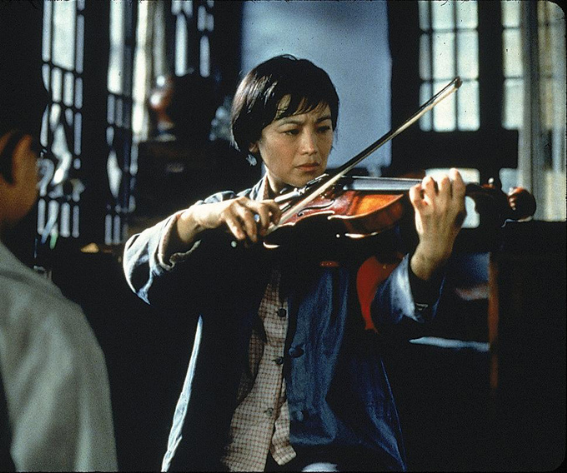Finding a movie that both teaches and entertains can feel like hunting for buried treasure. Students are quick to roll their eyes at anything that smells like homework, even if it is on a giant screen. Yet the right film can light up a classroom, turning passive viewers into eager thinkers. It can bring dusty history to life, stir empathy for people living worlds away, or show the elegance of a math proof without one chalk squeak. This article explores how teachers can pick movies that land with middle and high school students, keep them learning, and avoid the dreaded groan. From real-life dramas to clever cartoons, these titles will have learners leaning forward instead of checking the clock. Along the way, readers will pick up tips on framing questions, linking activities, and making every minute count. Grab the popcorn—the lesson is about to start. Best of all, each suggestion is easy to stream and budget-friendly, so no one has to beg for extra funds.
Why Movies Belong in the Classroom
Movies give teachers a shortcut to the emotional part of the brain. A five-minute montage can highlight cause and effect faster than a lecture packed with dates. When students see characters face real stakes, they care, and caring opens the door to deeper study. For history units, a film like “Hidden Figures” turns the space race into a human story of courage and math. In science, “The Martian” makes botany and physics feel like survival skills. Even language arts benefits, because screenwriters rely on structure, theme, and dialogue that can be dissected like any novel. Some educators worry about lost time, yet a well-chosen movie often saves time. It hooks attention, provides shared context, and sparks questions without extra worksheets. With subtitles, it boosts reading fluency; with pauses, it invites quick think-pair-share moments. In short, a smart film choice works as a multi-tool: visual text, emotional hook, and common reference all in one.
Live-Action Stories That Spark Discussion
Live-action films aimed at teens feel closest to their lived reality, so they prompt honest talk. “The Hate U Give,” for instance, invites debate about activism, media framing, and personal courage. Pairing it with newspaper op-eds helps students compare narrative choices with factual reporting. For government class, “Lincoln” or “Selma” breaks down how laws are built, amended, and challenged. Sports dramas such as “Remember the Titans” tackle racism and teamwork without heavy lecturing. Teachers who want to sharpen critical thinking can also fold in media-literacy tasks. For example, during a research unit they may ask the class to read speedy paper reviews focusing on persuasive techniques and then steer them toward lively discussions like those housed on on scamfighter forum where real users argue claims and evidence. Comparing the tone of a movie to the tone of an online thread drives home the idea that every text—screenplay or comment—has a purpose and an audience.
Animated Gems for Younger Audiences
Animated movies are often dismissed as “just for kids,” yet many carry powerful lessons that land even harder because the visuals are bright and memorable. “Inside Out” is a classroom favorite for explaining emotional literacy. After watching, groups can map scenes to the five core feelings and share personal coping strategies. “Coco” turns a lesson on cultural traditions into a celebration of family, music, and the importance of memory. Science teachers love “Wall-E” because it frames environmental stewardship in a funny, low-dialogue way that English-language learners can follow. For social studies, “Mulan” sparks talk about gender roles and historical accuracy. Because animation exaggerates color, sound, and pacing, teachers can pause almost any frame and ask students to identify symbols, motifs, or mood. Younger learners who might tune out a text-heavy documentary stay alert when a cute robot or singing skeleton is on screen, and that attention is half the battle in any lesson.
Tips for Turning Movie Time Into Learning Time
Choosing the right film is only step one; planning what happens before, during, and after the screening is what cements learning. Start with a driving question—something open-ended like “How does power shape choices?”—and let students write predictions based on the trailer. During playback, use the pause button every fifteen minutes to run a “quick-write” or chat: two sentences about a character’s decision or a visual clue. This keeps minds active and prevents a lights-out nap. After the credits roll, drop students into stations: one for fact checking, one for theme mapping, one for creative response. A ten-minute fact check using books or vetted websites clears up dramatized details. Theme maps connect plot events to big ideas discussed earlier in the term. Creative responses, such as an alternate ending storyboard, allow artistic students to shine. Finally, wrap up with a circle share where everyone states one takeaway in a single sentence; this summary round plants the lesson firmly in memory. Posting these reflections on a class blog or hallway bulletin board also celebrates student voice and gives parents a window into the learning process.









Leave a reply